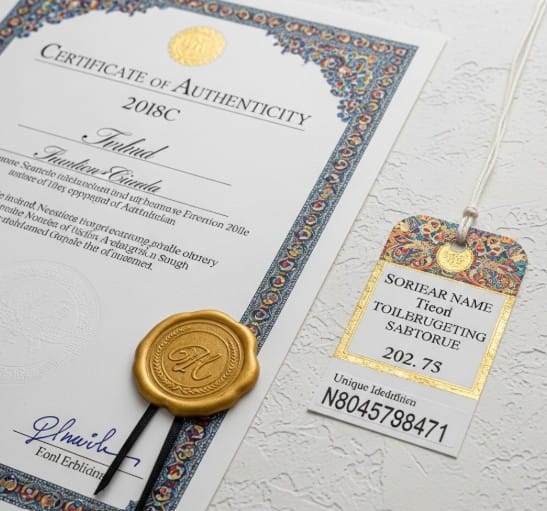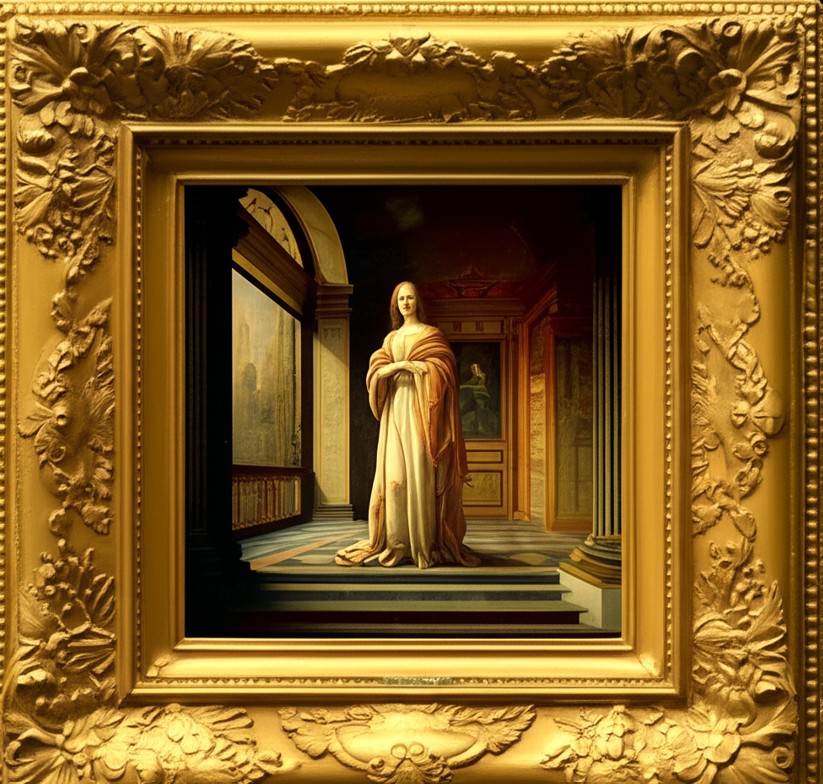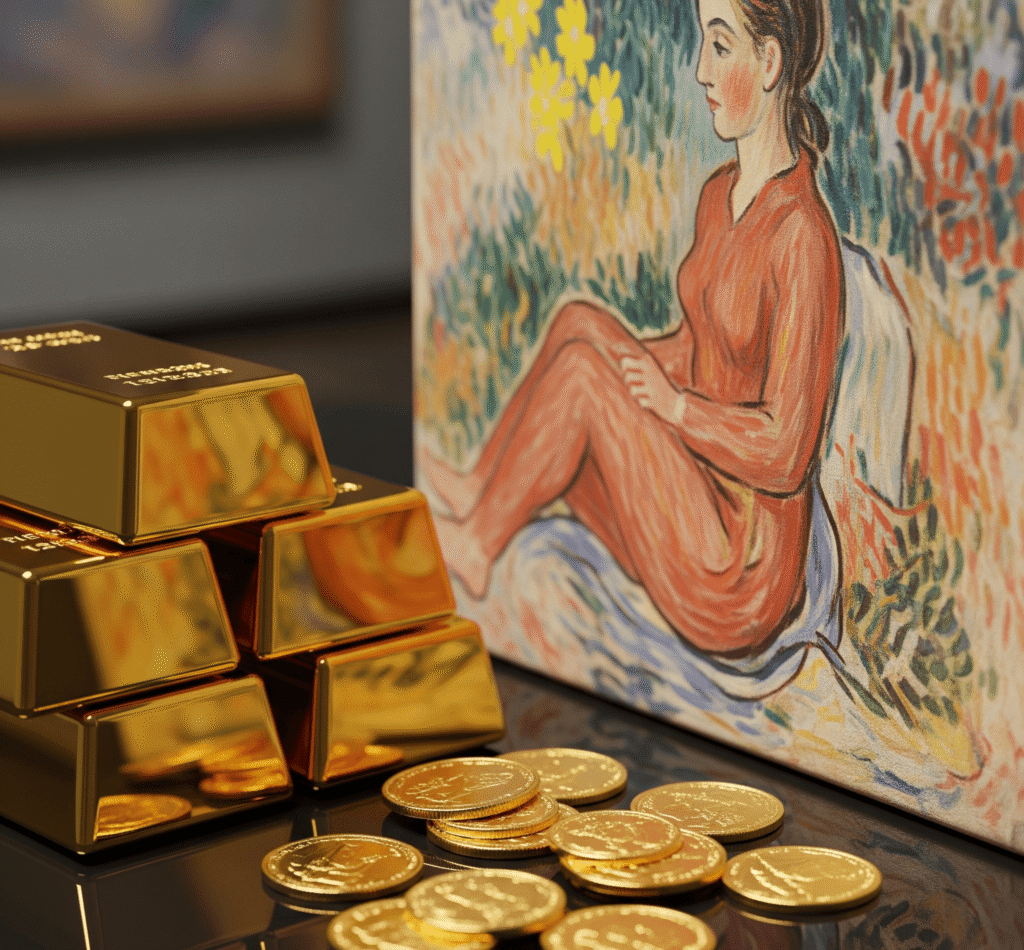How to Start Your Own Art Collection
Introduction: The Art of Collecting Begins with Passion
Starting your own art collection can be one of the most fulfilling journeys you embark upon, whether you’re a passionate art lover, a curious beginner, or someone looking to invest in meaningful creations. Collecting art is more than acquiring beautiful pieces—it’s about connecting with artists, supporting creative culture, and building a personal legacy that reflects your tastes and values.
Contrary to popular belief, you don’t need to be a millionaire or an art historian to start collecting. With the right approach, anyone can build a thoughtful, valuable art collection over time. In this guide, we’ll explore how to start your own art collection step by step, while also emphasizing the importance of authenticity, diversity, and cultural heritage.

Define Your Intentions and Taste
The first step is identifying what drives your interest. Are you collecting for aesthetic pleasure, investment, cultural appreciation, or a mix of all three? Clarifying your intention helps shape your collecting strategy.
Next, explore different styles, periods, and mediums. Attend exhibitions, browse online galleries, read about movements like Impressionism or Abstract Expressionism, and follow emerging artists on social media. Create a visual diary or Pinterest board to refine your personal aesthetic.
As you explore, take note of recurring themes, colors, and styles that speak to you. This emerging taste will form the foundation of your collection and help you purchase pieces you truly connect with.
Start with Research, Not Buying
Before purchasing anything, immerse yourself in the art world. Visit local galleries, art fairs, museums, and open studios. Talk to gallerists, curators, and artists to understand the context behind the work. Read books and blogs about collecting and follow respected art platforms such as Artsper or Artsy.
Learn basic art terminology, including concepts like provenance, edition numbers, and artist proofs. Understand how medium, rarity, and condition affect value. This knowledge will empower you to make confident decisions.
You can also start learning about specific regions or cultures you resonate with. For example, if Indian or East Asian art speaks to you, studying their cultural roots can make collecting even more meaningful.

Set a Realistic Budget and Scope
Art collecting is a long-term endeavor, not a one-time purchase. Set a realistic budget that aligns with your financial goals. Whether you start with $500 or $5,000, there are meaningful works at every price point.
Decide whether you’ll focus on original works, limited edition prints, photography, or mixed media. A narrow scope helps give your collection cohesion and identity. Over time, you can expand into other genres.
When setting a budget, remember to account for additional costs such as framing, shipping, insurance, and preservation.
Buy What You Love, But Buy Smart
While it’s crucial to buy art you genuinely love, it’s also wise to balance emotion with strategy. Look into the artist’s background, exhibition history, and growth potential. Ask questions about materials, longevity, and authenticity.
Avoid trends that feel fleeting or generic. Instead, support emerging artists or those whose work speaks to cultural narratives and timeless values. Pieces that reflect craftsmanship and originality tend to retain or grow in value.
When possible, purchase directly from the artist or through reputable galleries and platforms. This ensures fair pricing, authenticity, and a more personal connection to the work.
Understand Provenance and Documentation
Provenance refers to the documented history of an artwork’s ownership. This is particularly important for more expensive or historical works. Documentation such as certificates of authenticity, artist bios, and condition reports can greatly impact a piece’s credibility and resale value.
When buying, always request proper documentation and keep detailed records. This will be helpful not only for insurance and resale but also for tracking your collection’s growth.

Build Relationships in the Art World
Art collecting thrives on relationships. Engage with artists, gallerists, collectors, and curators. Follow artists on social media and attend their exhibitions. These connections offer valuable insights and sometimes early access to new works.
Building relationships also means understanding the story behind each piece. When you know what inspired a work, it becomes more than a visual object—it becomes a conversation, a connection, a cultural bridge.
Curate Your Space Thoughtfully
Once you begin acquiring pieces, think carefully about how you display them. A well-curated space can elevate the art and enhance its emotional impact. Avoid overcrowding and give each piece room to breathe.
Consider lighting, wall color, and the flow of your living or work space. Rotating artwork over time keeps the environment dynamic and allows you to appreciate different pieces in new contexts.
Invest in professional framing, especially for valuable or delicate works. UV-protected glass, acid-free mats, and solid mounts can help preserve your collection for decades.
Preserve, Protect, and Insure
Preserving your collection is just as important as acquiring it. Keep artworks away from direct sunlight, moisture, and extreme temperatures. For fragile or older works, consult a professional conservator.
As your collection grows, consider getting it insured. Keep photographic records, receipts, and documentation in a safe place. Regular condition checks will also help you identify any signs of wear or damage early.

Stay Open to Evolution
Your tastes and circumstances will evolve. Allow your collection to grow organically. Don’t feel pressured to follow rigid themes; let your experiences and discoveries shape its direction.
Over time, you may outgrow certain works or want to refine your focus. Selling or donating a few pieces can open space for more meaningful additions. Treat your collection as a living expression of who you are.
The Value of Culturally Rooted Art
One of the most enriching aspects of collecting is engaging with culturally rooted art. These works often carry powerful stories, ancient techniques, and deep symbolism. By supporting artists who honor cultural heritage, you preserve traditions while also owning something rare and meaningful.
At ISKUSS, we celebrate such art by offering carefully curated pieces that are rooted in tradition but reimagined for the contemporary world. Whether you’re drawn to spiritual, traditional, or abstract works, ISKUSS helps you collect art with soul.
Learn more about building your collection at Artsy’s Collector’s Guide.
Conclusion: Your Collection, Your Story
Starting your own art collection is not about how much you spend or how many pieces you own. It’s about intention, connection, and legacy. Each artwork you choose becomes a chapter in your story—one that reflects your values, your culture, and your evolving perspective.
By following these steps and engaging deeply with the art you collect, you don’t just become a collector. You become a storyteller, a patron of creativity, and a guardian of culture.
Whether you hang your first piece tomorrow or ten years from now, let it be something that speaks to your heart. Because great collections don’t start with money—they start with meaning.

